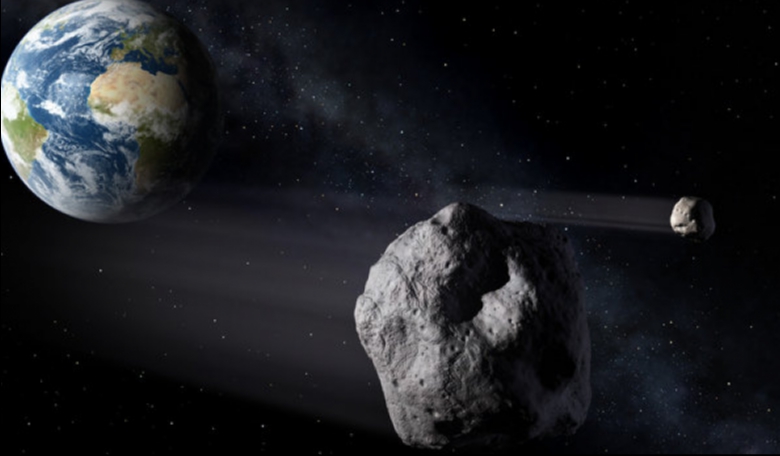Asteroid Day is held each year on June 30, the anniversary of the largest impact in recent history, the 1908 Tunguska event in Siberia. The four co-founders of Asteroid Day are: Dr Brian May, Danica Remy (COO of B612), Grigorij Richters and Rusty Schweickart.
But what is an asteroid, anyways?
The classification of celestial bodies is largely size and orbit-dependent. Asteroids, sometimes referred to as minor planets or planetoids, are large rocky bodies that do not have an atmosphere and are in orbit around the Sun. Occasionally something knocks them out of orbit, potentially setting the asteroid on a collision course with Earth. Asteroids are often confused with meteors – typically a much smaller rock that enters the Earth's atmosphere and vaporizes (more commonly known as a shooting star). Should an asteroid make it through the atmosphere and collide with Earth, it becomes a meteorite. So, the term “asteroid” is defined by the object's location more than by anything else.
And what about the Tunguska event?
The Tunguska event was a large
explosion that is generally attributed to a mid-air disruption of a
superbolide. Although no impact craters have been located and the
object is thought to have exploded at an altitude of 5 to 10
kilometers, it's classified as an impact event. The superbolide is
estimated to have been 60 to 190 meters in diameter, depending on
whether it was a comet or an asteroid. It is the largest known impact
event on Earth in recorded history.
So what is Asteroid Day?
Asteroid Day is a global awareness campaign where people from around the world come together to learn about asteroids, the impact hazard they may pose, and what we can do to protect our planet, families, communities, and future generations from future asteroid impacts. Regionally organised large and small events are held on Asteroid Day, and range from lectures and other educational programs to live concerts and broader community events, to raise public awareness of the need for increased detection and tracking of asteroids.
The 100x Asteroid Declaration, calling for this action, has been signed by hundreds of astronauts, scientists, artists and leaders in business and technology as well as thousands of private citizens. Employing existing and new technology to detect and track asteroids and demonstrating deflection capabilities to prevent future asteroid impacts could be humanity’s greatest achievement. Asteroid Day could one day help save all the species on the planet by highlighting the work that is currently being done locally and globally in this field. Asteroid Day highlights men and women who dedicate their lives to the science and technology that will enable planetary defense. Small impacts occur regularly and NASA shows that world-wide efforts to date have found about 95% of the asteroids that could end life on Earth as we know it, were one to impact. Based on what’s known about the NEO population and Earth’s impact history, scientists predict that Earth will experience another large-scale impact someday in the future – they just don’t know exactly when. The goal of Asteroid Day is to raise public awareness about asteroid science and plans for planetary defense.
More information, including the text of the 100x Asteroid Declaration, is available at http://asteroidday.org











